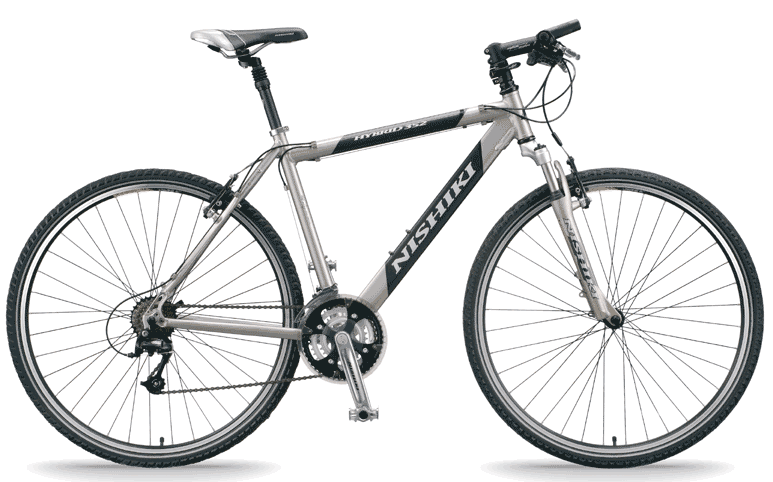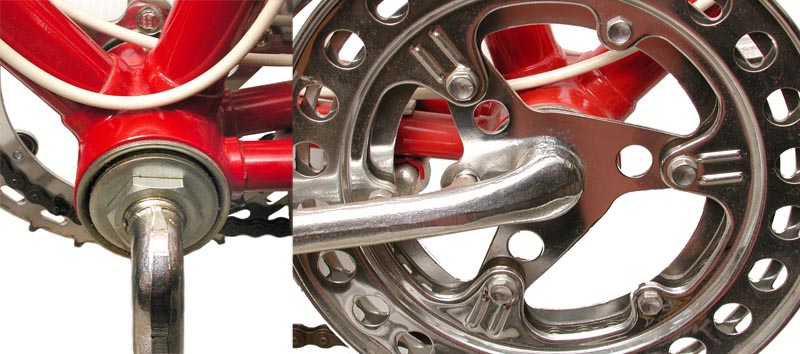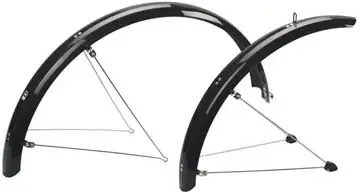When many people visualize refillable/ reusable containers, they imagine taring glass jars and filling them from bulk bins at a natural foods specialty store. I'm trying to fix the issue of inefficiency. When I compare these bulk bins and the checkout process, and compare it to shopping at Aldi, I notice that Aldi is many times quicker and much more efficient. A small Aldi store in a small footprint can sell much more product than a typical larger grocery chain while usually using only a single cashier. A bulk store will never be this effective. Aldi also has the added benefit of overseeing their entire supply chain including the packaging of their food items. This means they can implement my reusable packaging idea without wrestling their vendors into such a scheme. I've been reading articles online that suggest Aldi will grow into the third or fourth largest grocery store chain, giving it a lot of clout and market share.
Another company that comes to my mind when I am pitching my idea is Amazon. Amazon is the largest internet retailer in the United States. If they started using plastic corrugated boxes that were reusable instead of cardboard, this would reduce a lot of cardboard waste. In addition to Amazon, these boxes could be standardized into sizes so that any company could use them, and any shipping company could collect them for reuse.
The basic idea behind these shipping boxes and food containers is the RFID tracking chip that is embedded. I have included pictures below to diagram steps in a supply chain of my proposed system:
9. Display ready boxes are loaded onto a pallet, which is again read by an RFID reader, sent to the retailer database, ready to load onto a truck for shipment to the store.
10. Pallets are unloaded and scanned into the store, allowing for quick inventory tracking.
11. Robotic RFID scanning robots may roam the aisles to check inventory periodically so that items may be restocked and reordered. A similar system that uses cameras is being tested at walmart and other stores, but since all products have RFIDs embedded, inventory can be tracked more precisely.
12. A customer may checkout of the store simply by moving their cart past sensor bars, which would charge them for each item, as well as issue a deposit amount for each container to incentivize returning of the containers.
13. When customer returns to store, they drop off their used containers into a collection bin at the front of the store.
14. The collected items are sent to a washing/ processing facility
15. When items arrive at the processing facility, their RFID tags are scanned again, which logs the event in the retailer database, and automatically credits the deposit back to the customers account.
16. Items are washed and inspected on an automated line that ensures that containers do not leak, and are sufficiently cleaned. One idea I had would be to check for air leakage to ensure that the container is airtight.
17. Washed food containers are returned to the food dispensing facilities where they are refilled, and this starts the process over.
A similar scheme could be employed for shipping boxes. In this case the embedded RFID tags could be assigned by different shipping companies to identify the shipment. The boxes would be made of corrugated plastic instead of cardboard because plastic is more sanitary, and stronger for reuse. Boxes would be easily broken down for return back to the shipping companies. Boxes would come in uniform sizes, and these sizes could be easily standardized from existing box sizes at Amazon (ie A3 box size is a Amazon standard that could be adopted universally)
This concludes my proposal. I may add more details later on as I see fit, and maybe add more diagrams. Please let me know your thoughts in the comments.





















